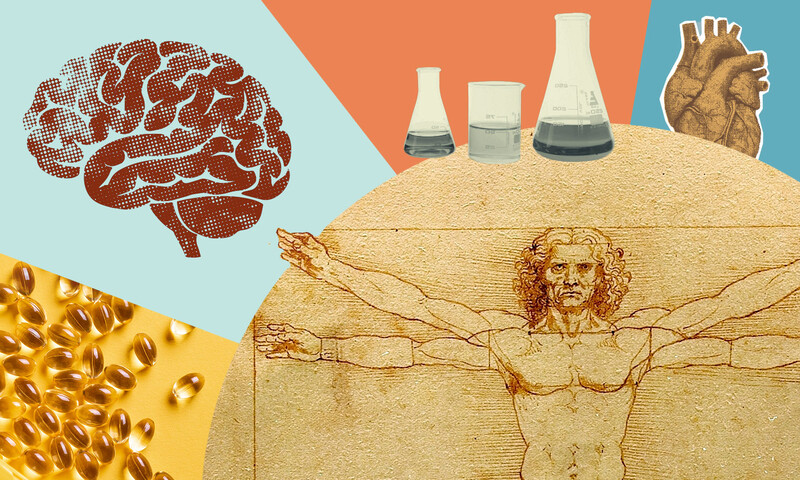Every year some twenty-four thousand expectant mothers in the US lose their babies in the final stages of pregnancy. For most of these women, the pain of the loss is compounded by a lack of explanations, since more than 60 percent of stillbirths have no known cause.
“Not only are they devastated, but they’re left to wonder if they did something wrong or if it might happen again,” says Ronald Wapner, the director of reproductive genetics at Columbia University Irving Medical Center (CUIMC) and the vice chairman for research in the Department of Obstetrics and Gynecology.
In a quest to further understand the causes of stillbirths, Wapner recently joined forces with Columbia geneticist David Goldstein, the founding director of the Institute for Genomic Medicine at CUIMC, to genetically analyze tissue from 246 stillborn fetuses. Advanced analytic methods developed in Goldstein’s lab enabled the scientists to inspect the fetuses’ genomes in unusual detail and identify tiny abnormalities in thirteen genes. Together, these genetic mutations accounted for about 9 percent of the stillbirths that couldn’t be explained by infections, preeclampsia, and other common pregnancy complications.
The scientists say their findings, which appeared in the New England Journal of Medicine, could improve clinical care in multiple ways. “First, this knowledge will help us facilitate closure and bereavement,” Wapner says. In addition, he says, it may help women who have experienced stillbirths think through future family planning. “Often parents who’ve gone through this are apprehensive about conceiving again, for fear of repeating the trauma,” Wapner says. “But if we can determine that a fetus didn’t die because of a genetic variation that was passed down from the parents but rather because of a mutation that occurred within the fetus by chance as it was developing, as often seems to be the case, then we can assure them it probably won’t happen again.”
It will likely be years before such information is widely available to families, because only major academic medical centers currently possess the technology needed to detect the types of subtle genetic variations the new Columbia study identifies. (Simpler genetic tests capable of spotting large chromosomal abnormalities linked to 10 to 20 percent of stillbirths are available in many hospitals and health centers.) But Wapner and Goldstein anticipate that as future research projects identify more and more genetic mutations capable of disrupting fetal development, genomic sequencing will come to be used more routinely to explain stillbirths and miscarriages.
“Eventually, we may get to the point where we’re able to intervene and help save some of these fetuses in the womb, based on what our genetic discoveries teach us about the earliest stages of human development,” Wapner says.



